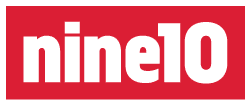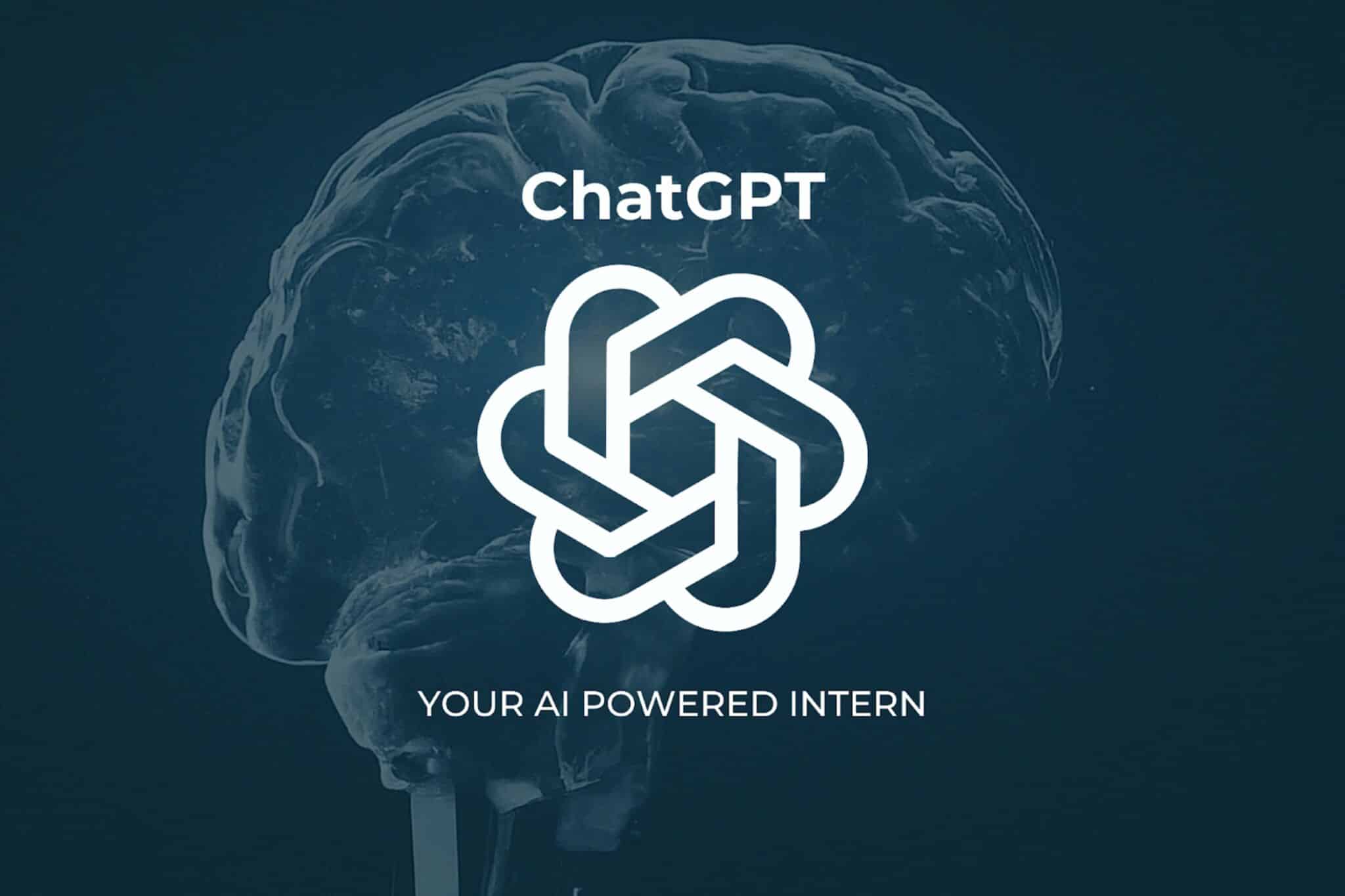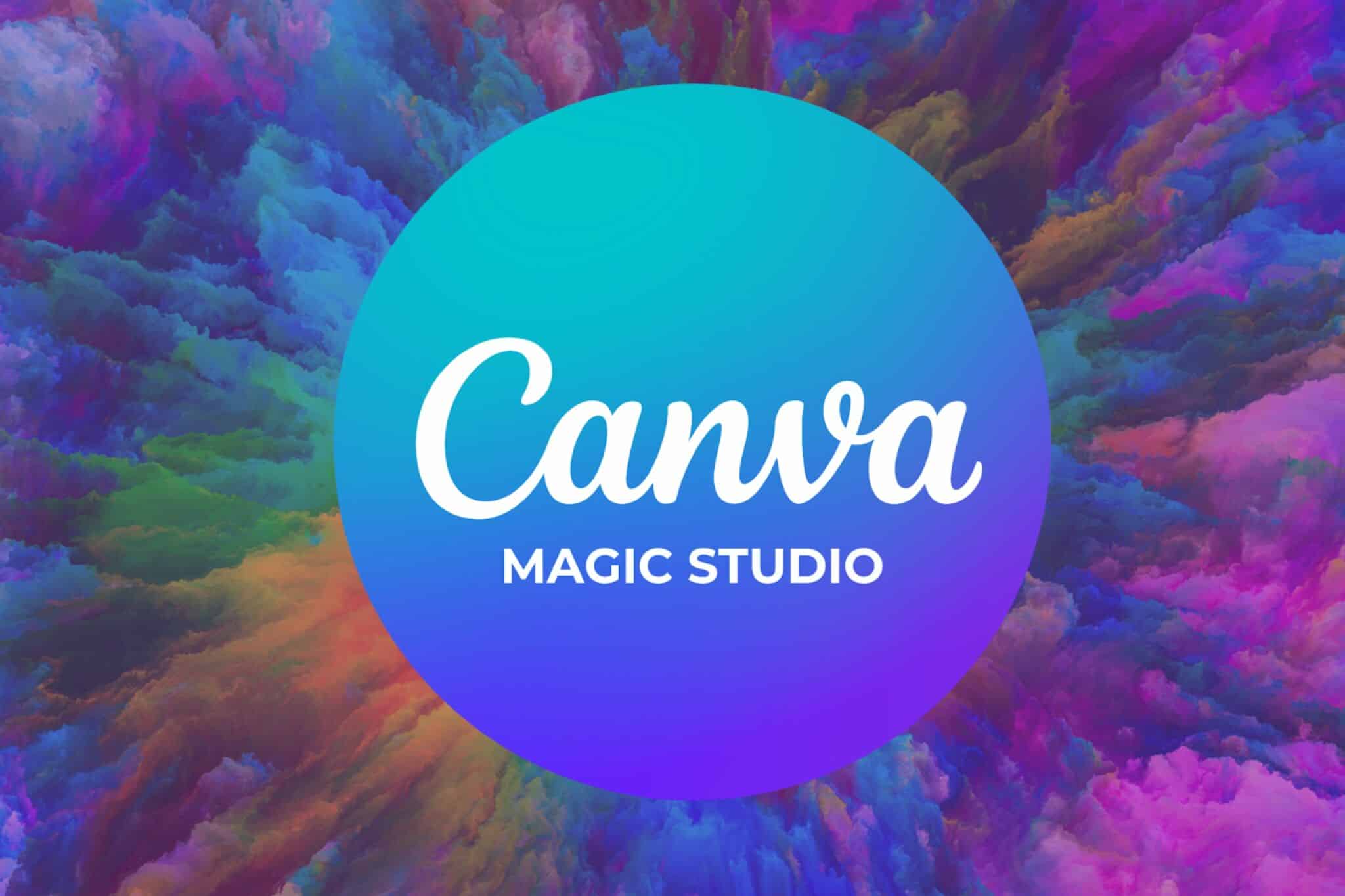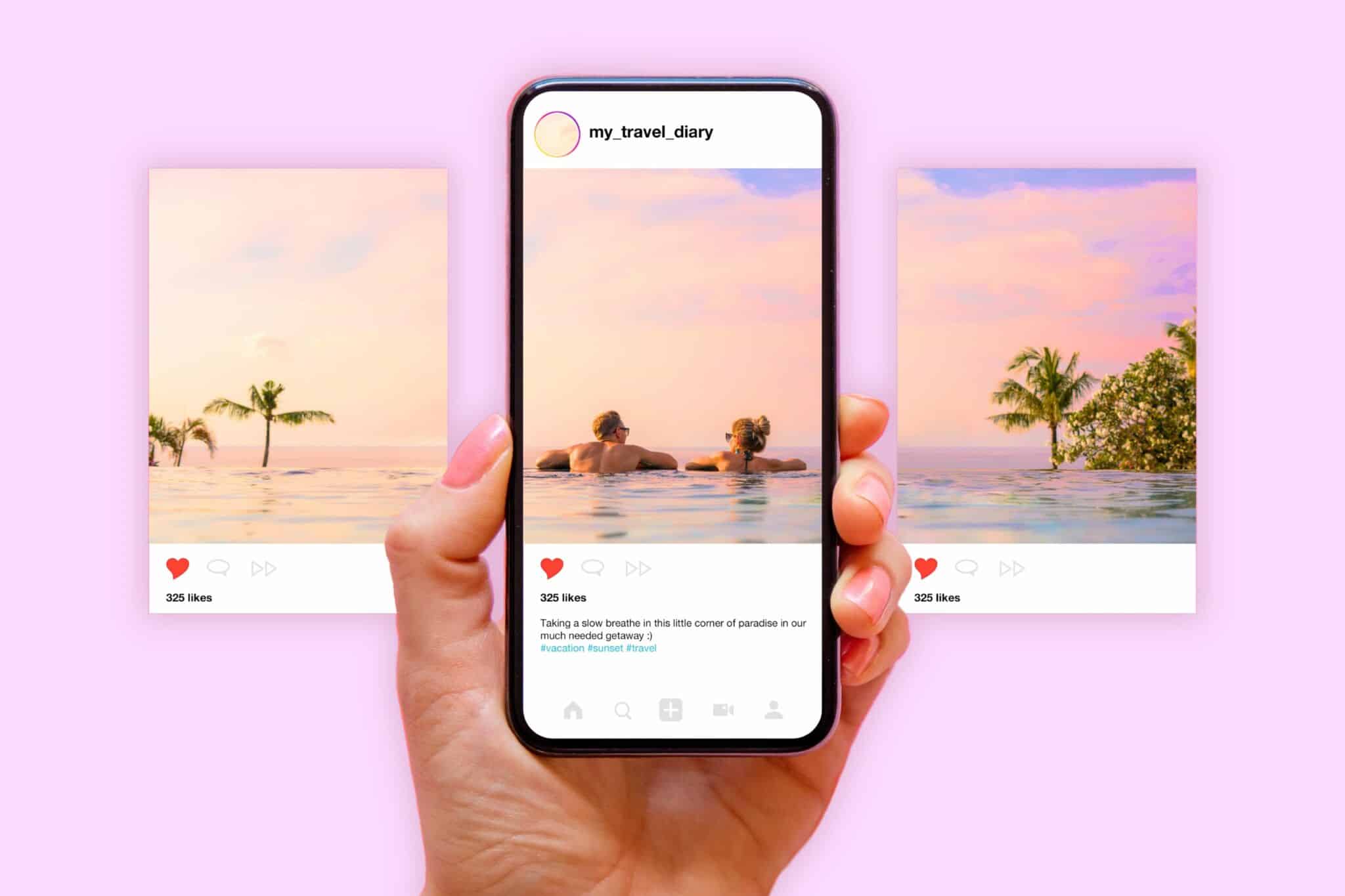The terms logo, identity, and brand insights are often used interchangeably. The first thing you need to know is that they should be understood on a spectrum. A logo is a small (yet important) piece of your business, a brand entirely surrounds your business, and identity falls somewhere in the middle.
Think of Your Company as a Person
We typically recognize other people in three ways: from a face, a style, or a personality. Think of a company’s logo, visual identity, and brand insights in the same terms: a logo like a face, an identity like a style, and brand insights like a personality.
Logo: The Face of the Company
A face helps us recognize the people around us, especially those who we haven’t gotten to know. A logo serves the same purpose — it’s the face of a company that customers will recognize, even if they’ve never interacted with the company. Nike uses the swoosh, McDonald’s has the golden arches, and Starbucks uses a green and white siren. We recognize them by their logos.
What Makes a Logo Great:
- Uniqueness – A creative logo will stand out from the rest
- Meaningful – A good logo should be dripping in meaning and possibly include implicit or explicit metaphors
- Reproducible – A logo should be able to be used on different mediums easily and consistently.
Visual Identity: The Style of the Company
Let’s say a friend of yours walks into a room, and you can tell it’s them even though you didn’t see their face. Their style, the way they dress, their walk, all of that gave them away. A business’s visual identity is like its style, which can be recognized even without a logo. The visual identity can include everything from the fonts, colours, and imagery to the design elements and even photography styles that a business uses all contribute to its identity. Telus Corporation uses a white background and cute animals to advertise its services. When you’re watching commercials and the TV screen goes white with a hippo slowly waddling in, we know it will finish with a Telus logo, even though you haven’t seen it yet.
A company’s identity doesn’t have to be only visual. You may have noticed that certain clothing stores use perfumes to scent their shop. The scent becomes familiar with the business, forming part of the business’s identity. Or, you’ll probably be able to recall a jingle on the radio advertising good pizza. The jingle is an auditory piece of the company’s identity.
What Makes a Great Visual Identity:
- Consistency – A company that’s constantly changing fonts, colours, and style throughout its business seems unorganized and will be less memorable.
- Builds on the logo – An identity and logo should complement each other.
- Originality – A great visual identity that is too similar to your competition will only help to confuse your audience.
A great logo doesn’t necessarily mean a strong visual identity is in tow. Creating a visual identity is a project of its own, requiring its own design, plan, and implementation.
Brand Insights: The Personality of the Company
Every company has human-like characteristics. An athletic wear store might appear bold, energetic, and daring through its social media, employees, and marketing. On the other hand, a maternity clothing store will probably seem a bit calmer, more inspirational, and more caring. Both businesses are clothing stores, yet they have entirely different personalities. They’re able to achieve this through their brand.
Brand insights encompass the values and attitudes at a company’s core. It’s not just the professional front that a business puts on — it’s the attitude of its staff, the tone of voice it uses, the level of energy, and ultimately, the traits you’d consider personality characteristics. Since brand insights really depend on how the world sees the company, it makes it difficult to control. In some cases, brand insights can even affect a business negatively. You’ve probably, at some point in your life, thought of a company as selfish, inauthentic, etc.
Just like a person with a memorable face, an excellent style, and a crabby personality, the ultimate judgment will be informed mainly by the less-than-desirable personality. How the company manages itself can raise a red flag in your mind, resulting in a negative brand. Fortunately, there are ways of preventing this.
What Goes Into Effective Brand Insights:
- Authenticity – When shaping brand insights, it’s important to build on the real strengths and passions of your business.
- Relatability – Your company personality should be relatable and complementary to your target audience.
- Consistency – You may have noticed we like consistency. That’s because consistency can make or break a brand.
At the end of the day, it’s your brand insights that will leave a lasting impression on your customers. Plenty of businesses have an outdated logo and a disorganized identity yet are thriving due to their genuine personality. In these situations, the customers likely feel benefited and valued by the company: a defining emotional connection keeps customers coming back. Though it may be the toughest to tackle, a good brand adds tremendous value to a business.
Organizing Your Brand and Keeping it Consistent
Having a documented brand is the easiest way to visually represent your business across all platforms, but what good is it if you can’t actually use it.
Using a cloud-based brand kit allows you to keep all your assets organized and easily accessible. Currently, the best and most accessible tool is Canva. Canva allows you to organize your brand, create and edit designs, documents, and assets, and even schedule your social media all on one platform.
Canva Brand Kits allow you to upload all your logo variations, save your brand colour hex codes, upload your graphic assets and elements, upload brand photography and icons, and even document your brand voice to inform content written by the built-in generative AI.
This platform is unique in that it brings your brand kit right into your design platform and allows you to streamline your content creation process.
Using All Your Tools
There are a lot of conversations surrounding the use of Artificial Intelligence in marketing, and rightfully so. One of the biggest issues we see with effectively and ethically using AI tools like ChatGPT is simply that people don’t know how to use it.
Think of AI like an intern. When you have an intern, they don’t know your company culture; they don’t know your mission, your vision, or your values. They don’t know goals and how you want to present yourself, so you have to teach them. Of course they’re not going to get it quite right all the time, so proofing and quality checking the products from your intern is vital.
If you want an intern with all the knowledge on the internet who will never get tired and give you everything you ask, incorporating AI tools into your content development strategy is the answer.
BUT
Just like an intern, you need to teach, guide, and quality check its work. Having a clear understanding of your brand voice, goals, mission, and vision gives you the tools you need to direct your new intern properly.
Pro Tips:
- Give your AI context. Provide a clear description with lots of detail about what you want from it.
- Ask your AI what it needs from you! Once you give it direction, ask your AI tool if it understands and if there are any other details or context it needs to deliver.
- Use Custom GPTs in ChatGPT 4. Building Custom GPTs allows you to instruct the GPT from the get-go who you are and even upload supporting documents to provide much more context for your GPT to be able to perform for you.
- Be specific about the tone, context, goals, and structure that you’re looking for when you ask your AI tool for information.
AI tools to watch:
So What?
Basically, all this boils down to the idea that brand is central not only to your persona as a business, but filters all the way through to how you use the tools available for you.
Our advice? Start with your brand. Think about what makes up you as a business. Think about your goals, vision, values, and brand insights. Then move to your expression. That’s your brand voice, personality, storytelling, and keywords. Finally, you can move to your visual brand – the physical expression of your persona.
Then? You’ll have what you need to set up your Brand Kit in Canva to design professional-level graphics and assets. You’ll have the information to effectively instruct your new AI intern and streamline your content creation process.
Need a little help? Visit nine10.ca/branding to find out where to start.

Nine10
Nine10 is a passionate, dedicated team of lifelong learners on a mission to help Alberta small businesses and entrepreneurs develop their Brands, establish their online presence, and become self-sufficient in activating their Digital Marketing strategies. Learn, Grow, and Develop through their Brand, Web, Print, and Training Services. Visit nine10.ca for more.






